Here's a quote:
"What seemingly prompted the instant filing is that PATH was piqued at the temerity of some individuals who (in related cases) filed a formal -- and at least partially valid - challenge to PATH’s annual rate update in compliance with the governing rules and procedures."
(They are referring to PATH's admission to FERC that errors were found by "interested parties" during discovery last year and subsequently corrected by PATH in a revised filing with FERC before the Formal Challenge was filed. These admitted errors are in addition to the $3.4M Formal Challenge. OPC didn't have the temerity to assume whether the Challenge is valid or not -- that's FERC's job.)
You can download and read OPC's comments here.
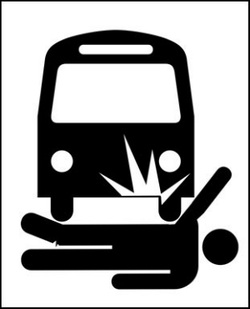
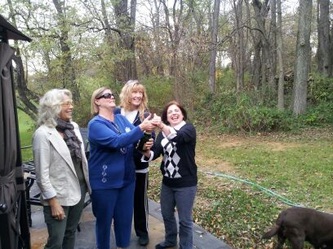


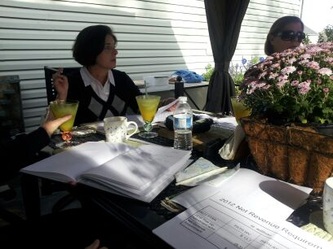
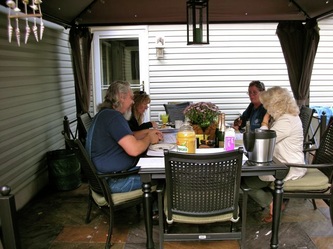
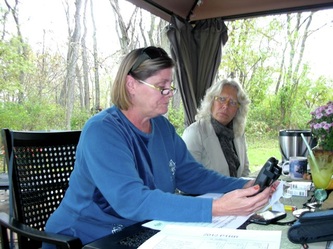
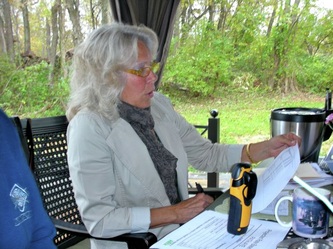
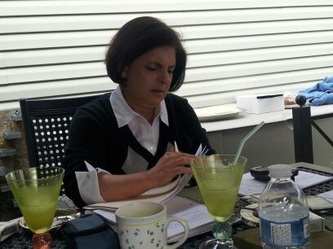
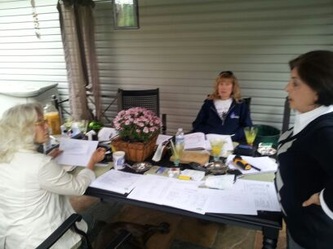



 RSS Feed
RSS Feed